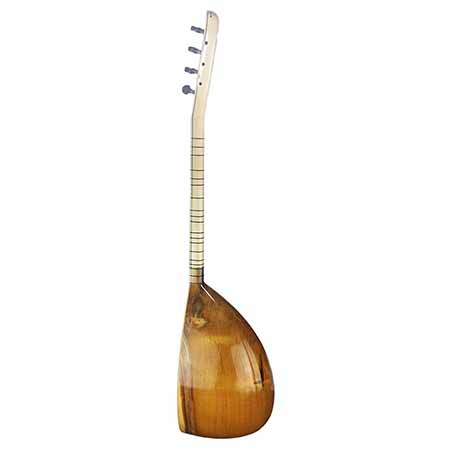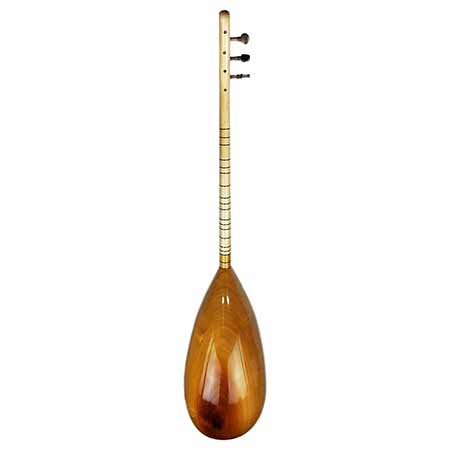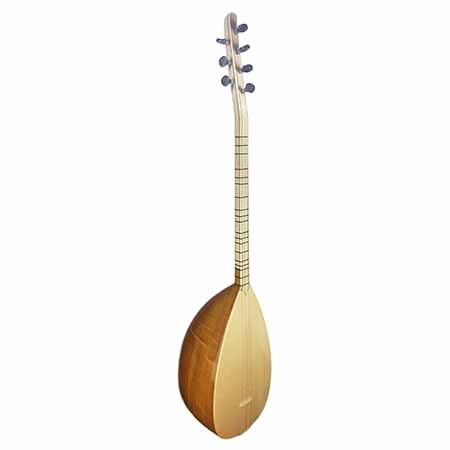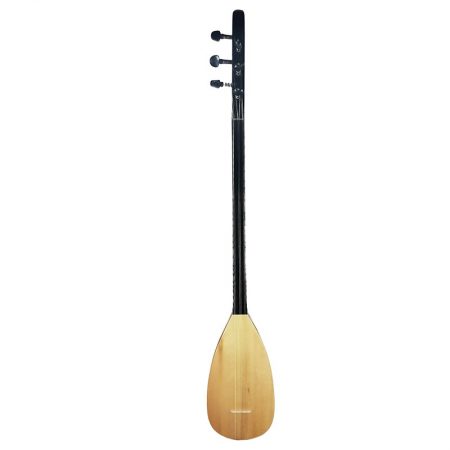BIOGRAPHY
He was born in Madrid in 1986. At the age of 4, he started studying piano at Centro de Formación Musical Tristán, relying on the experience of teachers such as Lourdes Pérez or Cristina del Mar Gómer. In 2006, he retook classic studies. This time, taught by Nisio Aranguren and Juan Carlos Alonso López, he learned spanish guitar. Immersed in the improvisation world, he took classes along the pianist and saxophonist Marcelo Peralta in the Escuela de Música Creativa of Madrid.
In 2009, he got awarded with an scholarship and made his first trip to Crete in order to study modal composition along with Efrén López in the Labyrinth Musical Workshop. In 2015, he was awarded by the INJUVE for his assistance in creation. He took bağlama lessons with Cihan Turkoglu, Cem Çelebi, Efrén López and Sinan Ayyıldız; Yayli tanbur lessons with Evgenios Voulgaris, Ahmet Sadi, and Theodora Athanasiou; Modal composition and Makam with Christos Barbas, Efrén López, Evgenios Voulgaris and Theodora Athanasiou. In the last decade, he made various trips around Greek and Turkey in order to specialize in instruments such as the saz, the yayli tanbur, the lavta and the bouzouki.
Nowadays, he is in charge of projects such as Yayla and Alexánder Pewló Project.
Get to learn more about the before-mentioned instruments in this small space called “Museum”.



